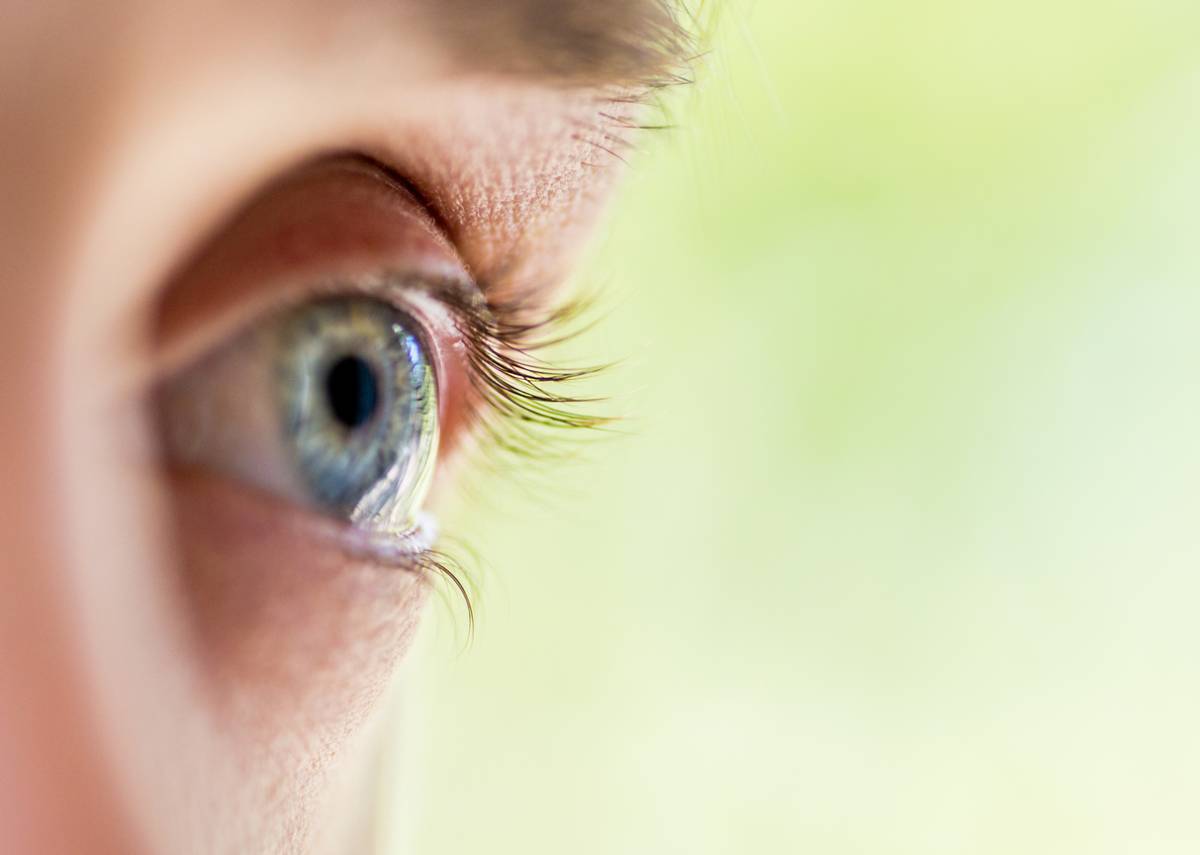The eyelid is a delicate and intricate structure that plays a crucial role in protecting the eyes and maintaining visual function. Your eyes have both upper and lower eyelids, which give them the unique, beautiful shape you have come to love. Unfortunately, the eyelids are some of the first parts of the body to go through the signs of aging. That is why we have developed a number of unique plastic surgery techniques to keep the eyelids as functional and aesthetically pleasing as possible. Below, we provide an overview of eyelid anatomy.
Overview of Eyelid Anatomy
Today, we will run through a quick overview of eyelid anatomy. Learn why the eyelids age over time and what factors might exacerbate their aging. Compare treatment options by taking a look at our exceptional treatments for upper or lower eyelid care.
What Makes Up the Eyelids
Eyelids are made up of many layers of tissue. This includes surface and subcutaneous skin, as well as muscles, fat pads, and nerves. Understanding the anatomy of the eyelid is crucial for both cosmetic and medical purposes, as it provides insights into the underlying structures and processes that contribute to various eyelid conditions and aging-related changes.
The major anatomical components of the eyelid are:
- Skin: As the outermost layer of the eyelid, the skin, is thin and highly elastic, providing flexibility and mobility to the eyelid. The skin of the eyelid contains hair follicles, sweat glands, and sebaceous glands, which help regulate moisture and protect the eye from external irritants.
- Muscles: The eyelid is controlled by a complex network of muscles responsible for opening (levator palpebrae superioris) and closing (orbicularis oculi) the eyelids. These muscles work in coordination to facilitate blinking, blinking reflexes, and eyelid movements.
- Fat: The eyelids contain specialized fat pads, also known as orbital fat, which serve as a cushioning layer between the skin and the eyeball. These fat pads help maintain the shape and contour of the eyelids while providing protection and support to the eye.
Eyelid anatomy is essential for maintaining proper eye health and function. All parts contribute to a comfortable and beautiful-looking eye shape, though treatment is available if eyelids become damaged.
What Causes Aging Eyelids?
As individuals age, the delicate structures of the eyelids undergo natural changes that can affect their appearance and function. Most of these symptoms are caused over time and cannot be stopped, though there are several things you can do to slow or reverse the damage.
Sagging Skin
Due to a loss of collagen and elastin fibers, the skin of the eyelids may become thinner, looser, and more prone to sagging. This can result in drooping eyelids, excess skin folds, and the appearance of wrinkles and fine lines.
Growing Fat Pockets
Over time, the fat pads within the eyelids may become displaced or herniated, leading to the formation of bulges or puffiness in the upper and lower eyelids. These fat pockets can create a tired or aged appearance and may contribute to the development of under-eye bags and dark circles.
Weakening Muscles
The muscles that control eyelid movements may weaken with age, resulting in reduced eyelid tone and strength. This can lead to eyelid ptosis (drooping) or difficulty fully closing the eyelids, potentially causing dryness, irritation, and exposure-related issues.
How Eyelid Surgery Strengthens and Repairs Damaged Eyelids
Eyelid surgery, also known as blepharoplasty, is a surgical procedure designed to address cosmetic concerns and functional issues related to the eyelids. By reshaping and rejuvenating the eyelid anatomy, blepharoplasty can restore a more youthful and refreshed appearance. Certain types of eyelid surgery can also remove sagging lids, which may have drooped below your eye and disrupted your vision. Overall, our innovative blepharoplasty techniques can bring symmetry back to your face while improving eyelid function and overall eye health.
Benefits of Eyelid Surgery with Leyngold Plastic Surgery
Excess fat deposits in the eyelids can be repositioned or removed to eliminate puffiness and restore a more natural contour to the eyelids. This can reduce the appearance of under-eye bags and restore a refreshed and alert appearance to the eyes.
In cases of eyelid ptosis or muscle weakness, blepharoplasty can involve tightening or repositioning the muscles of the eyelids to improve eyelid tone and function. This can enhance eyelid closure, reduce dryness and irritation, and improve overall eye comfort and health.
Blepharoplasty can also improve peripheral vision and visual field obstruction by lifting and repositioning the eyelid tissues away from the line of sight. This can enhance safety, comfort, and quality of life for patients with vision-related concerns.
Repair Your Eyelids Today
The anatomy of the eyelid is intricate for such a small part of the body, and the changes that occur with aging can happen quite fast. It is a good idea to address your cosmetic concerns quickly after noticing them, as a longer wait could make it more difficult to repair the damage. Learn more about blepharoplasty and droopy eyelid surgery when you schedule a consultation with our experts today.

